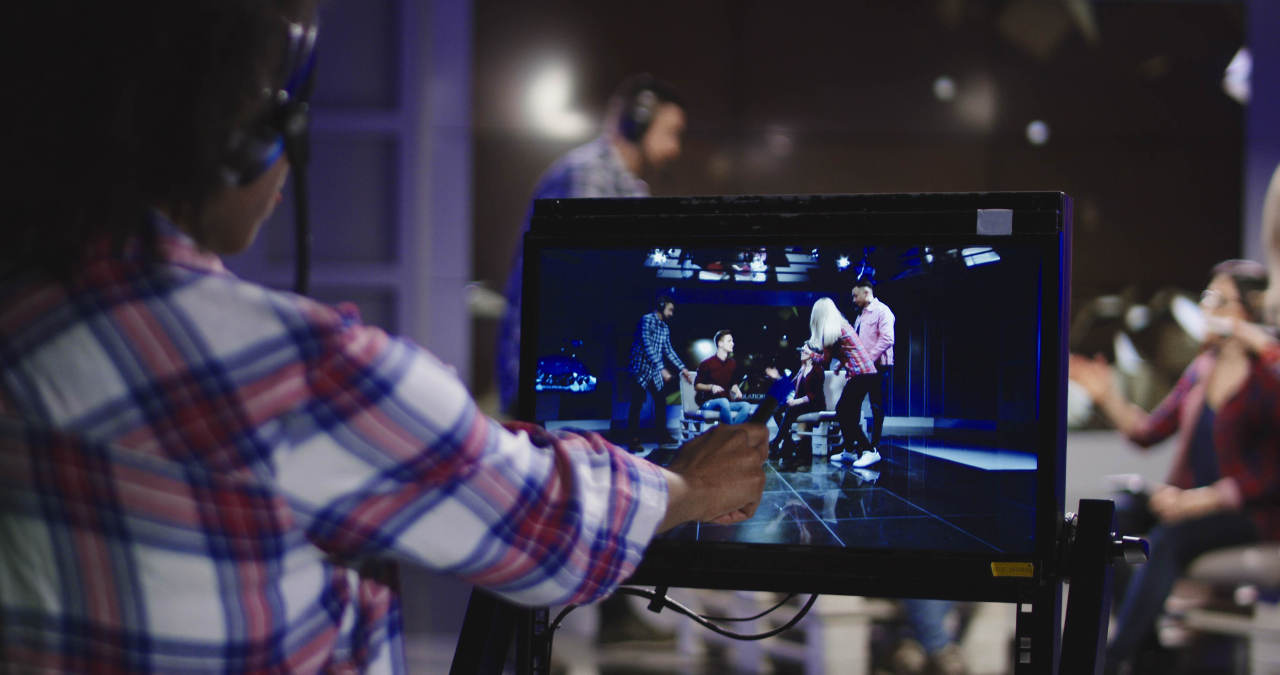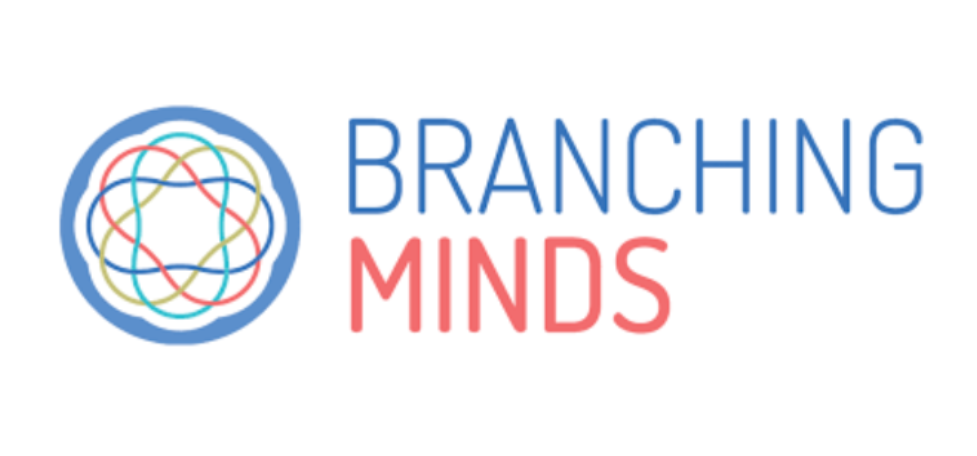4 Steps to Power Curricula with AV
The key components of an AV system that supports innovative coursework

Schools today – from the primary level on up – are increasingly utilizing live video technologies to provide hands-on coursework. The ability to provide such offerings is being fueled by technological innovation across the broadcast and streaming industry. The traditional barriers of entry to live video production have been lowered. Studios that would have once cost well into the six-figures to construct are now available for a fraction of the price.
Consequently, schools can now offer additional coursework that prepares students for specialized jobs (or future, collegiate-level coursework) in A/V, live performance, and broadcast. Curricula is being augmented with media content once thought inaccessible to budget-conscious entities such as K-12 schools.
To quickly and effectively build out an AV system that is not just operational for staff and students, but which also empowers the educational components of a school, consider the following:
Step 1: The Infrastructure
The great enabler here is IP-based technology. Just as with other industries, the future of media is one in which video is transferred easily and efficiently in the IP space for creation, production, and distribution. This shift to using IP to transport audio and video as just another form of data is making media integration in educational institutions much less complex and less costly as implementation utilizes standard IT networking rather than a separate dedicated transport infrastructure.
For schools, this is a massive boon as many tend to be some of the best-networked locations currently in existence! Even for those that need to build out infrastructure further, adding standard network cabling is among the most cost-efficient installations available.
One of the keys to using this transport layer is finding a method that is free to the end user. One option is NDI (network device interface), which enables applications and devices from all suppliers to work together and is provided entirely free-to-use for end users such as schools and districts.
By using a capable network protocol, you enable systems, devices, and applications to identify and communicate bi-directionally with one another over IP. This allows for users to encode, transmit, and receive multiple streams of high quality, low latency, frame-accurate video and audio in real time.
Tech & Learning Newsletter
Tools and ideas to transform education. Sign up below.
The integration of A/V systems that are IT- and IP-based is foundational to implementing media creating and distribution solutions in schools. Look for flexible systems to create, produce, and deliver content without technological hurdles and costly components.
Step 2: Media Production Systems
Flexible and easy-to-use media production systems are a critical element for creating and delivering rich digital content – be it for courses, performances, sports, assemblies and seminars, or student news productions. What these systems provide is a centralized hardware component of the workflow that brings in video signals, allows for hundreds of production capabilities, and then supports the broadcast or recording of content.
There are production systems that support video, audio and data transmission over IP with near-zero latency. These platforms accept IP input sources and mix/source IP output signals to provide instant access to and seamless interchange with essentially unlimited IP devices from anywhere across the network in real time.
Step 3: The Software Layer
Augmenting the live production systems are software apps that will execute production actions based on writing a script and using a teleprompter. Static and moving graphics can be inserted from pre-set templates for show openings, title animations, and lower third titles with timing, speed, and duration control.
For teachers and students who may not have media production experience, it is often preferable to create a custom interface that limits system functionality to just what is required to create specific types of programs. Software-based control panels can be accessed from compatible desktops or mobile devices, and can be used for remote video mixing, media playback, audio mixing, and automation.
Using IP connectivity, users do not even need to be in the same location, as they take control from anywhere on the network. The system workspace is simultaneously output as an interactive IP video source.
Step 4: Video Sources
One of the most common video inputs for the education market will be cameras. PTZ (pan-tilt-zoom) cameras can provide video, audio, control, tally, and power over a single cable that simply connects to an ethernet port on a standard IT network. Different PTZ cameras are assignable as external sources on production systems. Cameras are operable directly from the user interface, including camera orientation, zoom, focus, and iris, with position presets, speed control, and preview images.
Production systems also provide a wide variety of choices for acquiring content to create educational programming. Multiple configurable external sources – be it a computer screen, mobile phone camera, or other display – can be recorded for playback, replay, and archiving. In addition, the system output combining all production elements can be recorded, so saving and exporting the programs for later use is not a problem. Audio processing and tools are typically included and audio is also available over IP networking.
Final Considerations: Delivery and Flexible Creativity
Since mobile devices are now commonplace among students, media production should not be limited to traditional video displays. Courses often need to be delivered to tablets and smartphones. Some production systems will deliver programming in non-standard video aspect ratios – like 9:16 and square video – along with non-standard video frame rates and resolutions for delivery to digital screens.
A related aspect is the delivery of digital content to social media platforms. Publishing media to multiple popular social media accounts directly from a production system to Facebook, Imgur, LinkedIn, Twitter, Vimeo, YouTube, and others is easily possible.
Producing a variety of educational programs requires flexible approaches to work in a range of institutional environments. Utilizing advanced equipment and agile workflow tools connected with standard IP infrastructure enables the production of great content – be it instructional, institutional or student-made – while minimizing both the barrier to entry and the amount of technical expertise needed.
Thanks to continued digital transformation, schools are now becoming the great enablers in making it possible for anyone to create and deliver consistent and high-quality shows – with no training or experience needed – through effective and elegant production workflows.
Matt Allard is Product Marketing Manager at Vizrt Group
